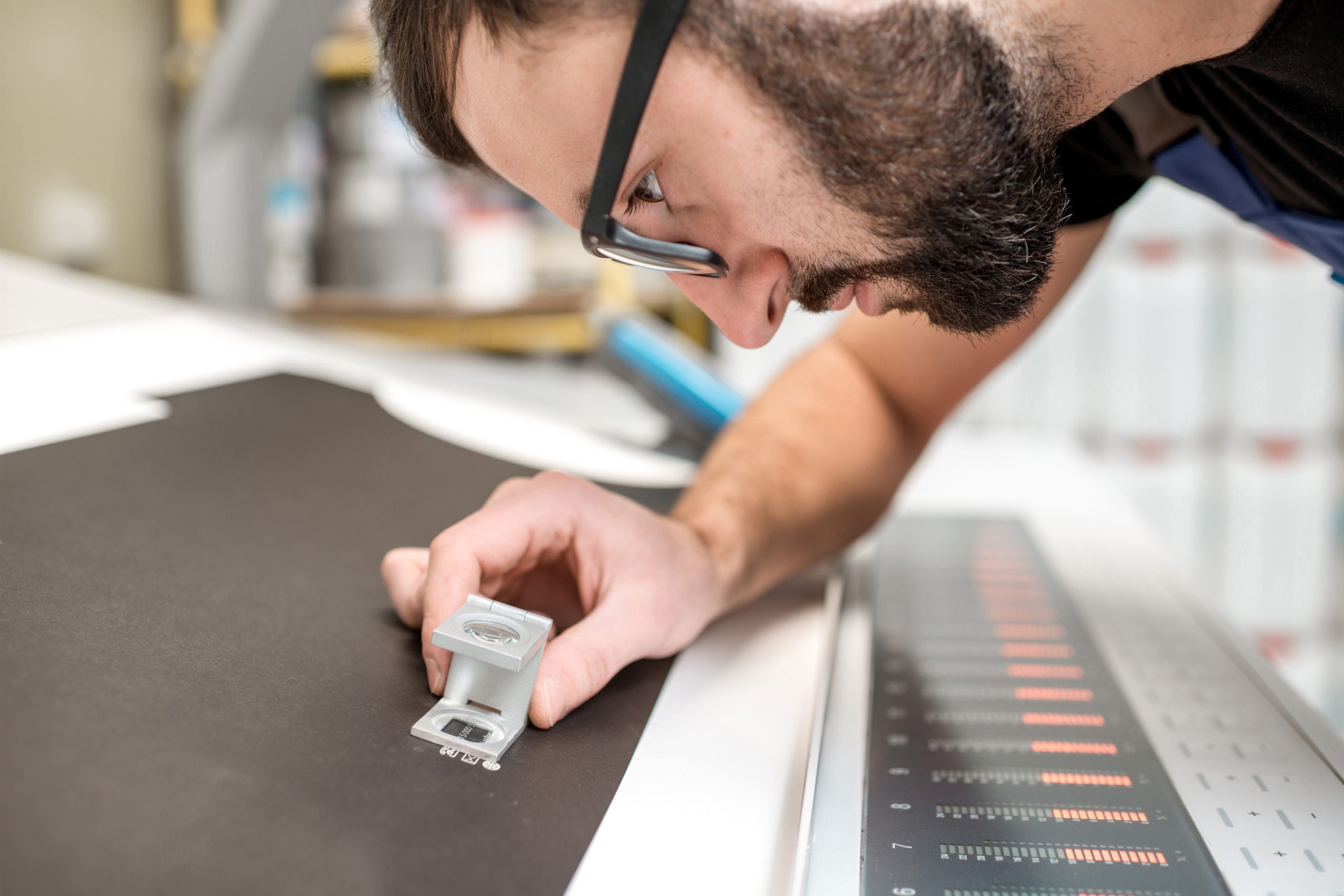Introduction:
In today’s competitive marketplace, businesses are constantly seeking innovative ways to captivate consumers and establish brand loyalty. While factors like price and quality play a crucial role, product design has emerged as a powerful tool in shaping consumer perception and driving engagement. This blog post explores the fascinating realm of product design and its psychological impact on consumers. Specifically, we delve into the concept of “swag” and how the design elements of products contribute to the overall consumer experience.
The Power of First Impressions
They say, “You never get a second chance to make a first impression.” This timeless adage holds true in the world of product design. The initial encounter with a product significantly influences consumer perception and engagement. Design elements such as color, shape, and packaging play a pivotal role in capturing attention and evoking emotions.
Color psychology suggests that different hues evoke specific emotions and associations. For instance, vibrant colors like red and orange can evoke excitement and energy, while muted tones like blue and green tend to elicit a sense of calmness and trust. By carefully selecting colors that align with their brand identity and target audience, businesses can establish an immediate connection with consumers.
Furthermore, the shape and packaging of a product can convey messages about its functionality and quality. Sleek and minimalist designs may communicate sophistication and modernity, while rounded and organic shapes can evoke feelings of approachability and friendliness. When these design elements align with the brand’s core values and appeal to the target audience, consumers are more likely to engage and form positive associations with the product.

Swag: The Art of Standing Out
In today’s saturated market, standing out from the competition is essential. This is where the concept of “swag” comes into play. Swag refers to the unique blend of style, confidence, and distinctiveness that a product possesses. It is the “wow” factor that sets a product apart and makes it memorable.
To create swag, product designers employ various techniques. One approach is to incorporate unexpected or unconventional design elements that challenge traditional norms. This can pique curiosity and generate buzz among consumers. Another technique is to infuse the product with a sense of exclusivity and desirability, creating a perception of high value. Limited edition releases and personalized customization options are some strategies used to achieve this.
Additionally, the use of high-quality materials and meticulous attention to detail can enhance the perceived value and swag of a product. Consumers appreciate products that exhibit craftsmanship and demonstrate the brand’s commitment to excellence.

Emotional Connection: From Attachment to Advocacy
Successful product design goes beyond aesthetics and functionality; it taps into the realm of emotions. Humans are emotional beings, and when a product design resonates with their aspirations, values, and identity, a powerful emotional connection is formed.
Design elements like typography, imagery, and overall visual language can evoke specific emotions and align with the target audience’s aspirations. A product that reflects the consumer’s personality or helps them express their individuality creates a sense of attachment and belonging. This emotional bond fosters brand loyalty and encourages advocacy, as consumers become brand ambassadors, sharing their positive experiences with others.
Moreover, the user experience (UX) design plays a vital role in establishing emotional connections. Intuitive interfaces, seamless interactions, and delightful user journeys can evoke positive emotions, making consumers feel valued and understood.

Conclusion
Product design has a profound impact on consumer perception and engagement. By leveraging the psychology behind design elements, businesses can create products that capture attention, stand out from the competition, and foster emotional connections with their target audience. From the power of first impressions to the allure of swag and the formation of emotional attachments, every aspect of product design contributes to the overall consumer experience.
As businesses navigate the evolving marketplace, they must recognize the significance of investing in thoughtful and intentional product design. By understanding the psychology behind consumer behavior, they can design products that not only meet functional needs but also create a lasting impact. The psychology of swag becomes a key tool for businesses seeking to thrive in the increasingly competitive landscape, forging deep connections with consumers and driving long-term success.




